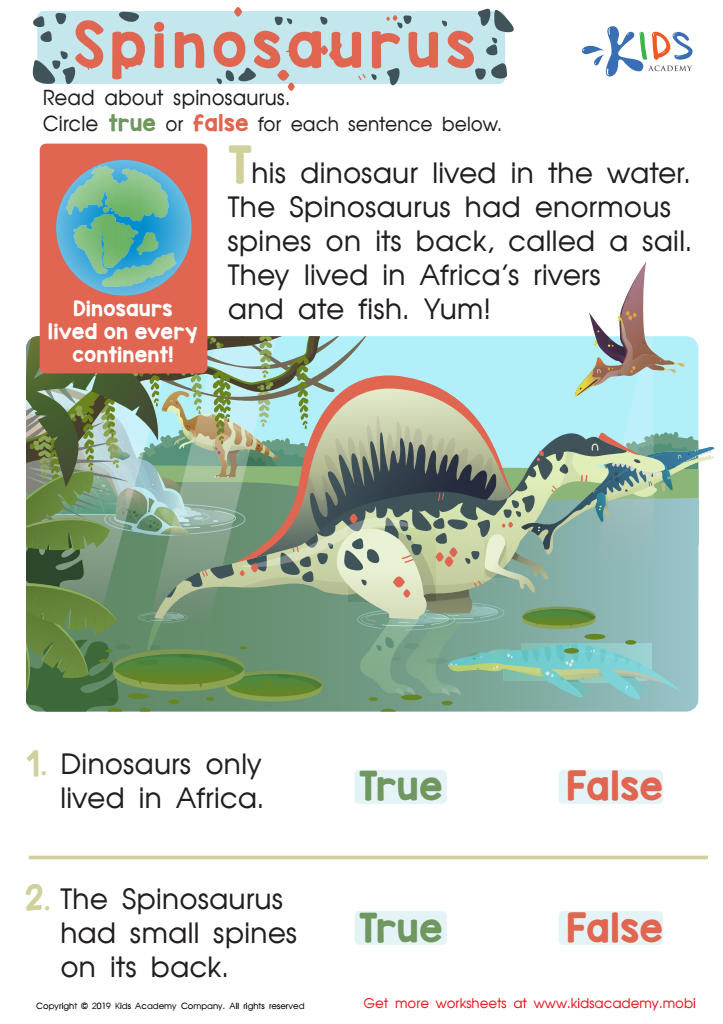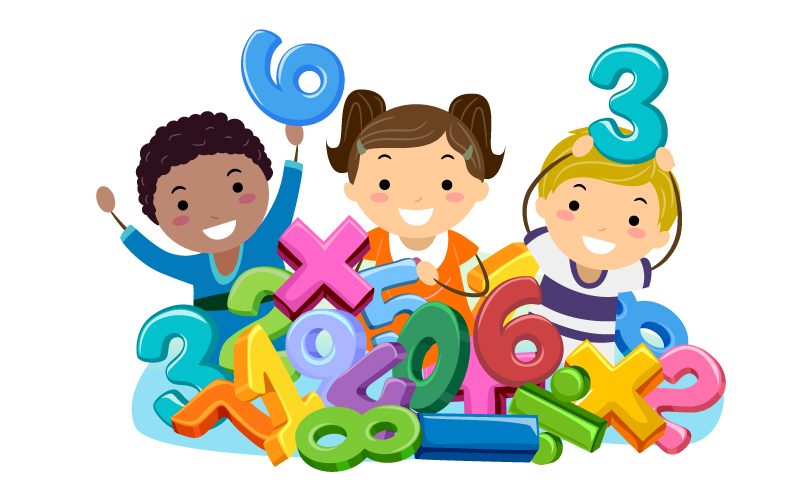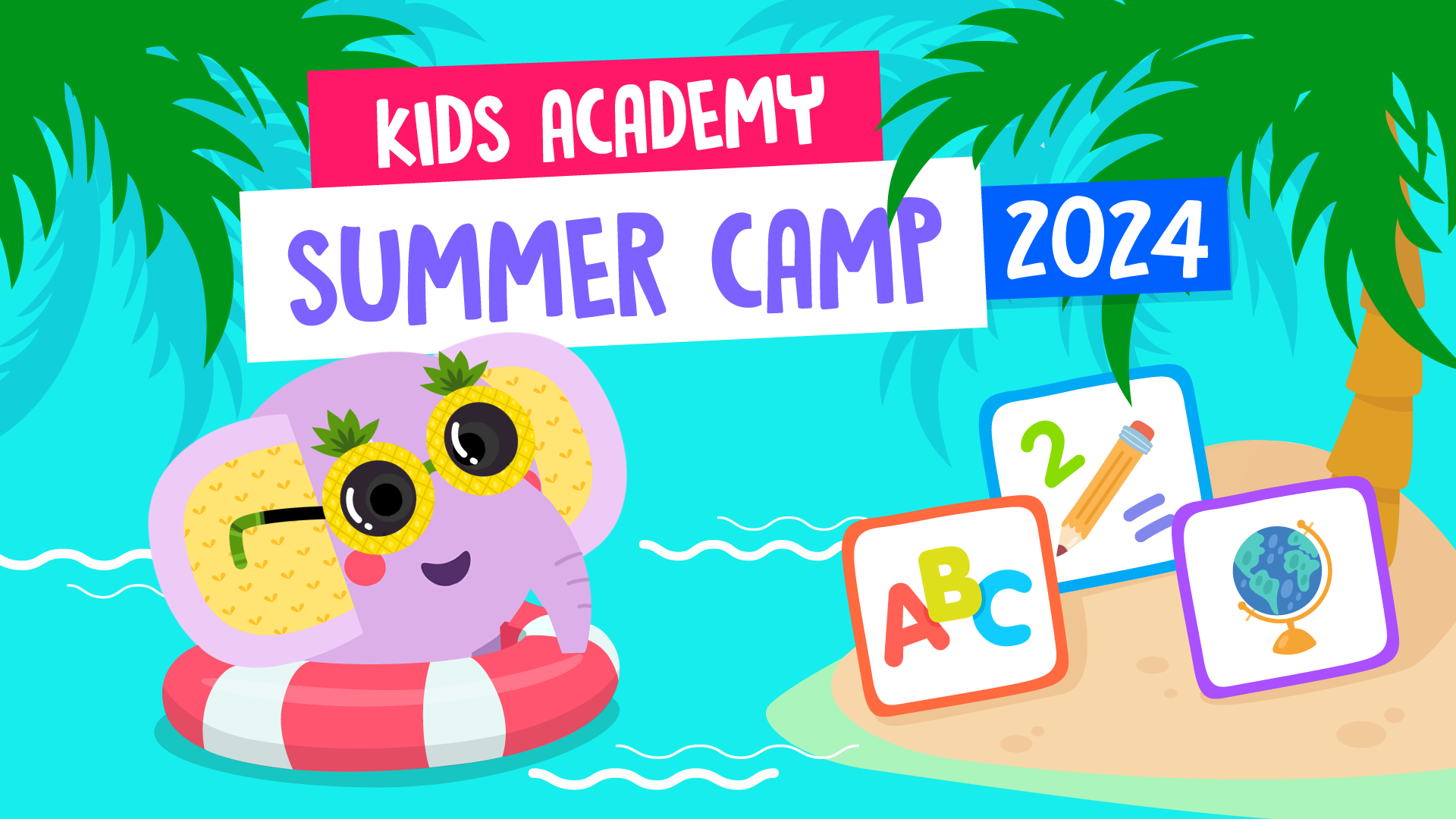Reading Non-Fiction worksheets activities for 9-Year-Olds
1 filtered results
-
From - To


Spinosaurus Assessment Worksheet
Reading Non-Fiction worksheets activities are an invaluable resource in the educational toolkit for several compelling reasons. Engaging with these activities helps students develop a range of critical skills and understandings that are pivotal not only in their academic journey but in their everyday lives as well.
Firstly, Reading Non-Fiction worksheets activities foster critical thinking and analytical skills. Non-fiction texts are rich in information, presenting facts, arguments, and diverse perspectives on real-world issues. By working through these worksheets, students learn to dissect texts, identify main ideas, understand cause and effect, and evaluate the validity of arguments and sources. These skills are essential for navigating the vast landscape of information available today, enabling young learners to become discerning readers and informed citizens.
Moreover, these activities enhance reading comprehension and vocabulary. Non-fiction texts often introduce domain-specific language and complex concepts. Through structured activities, students engage with new vocabulary in context, improving their ability to understand and communicate complex ideas. This not only aids in their academic growth across various subjects but also prepares them for professional environments where specialized language is commonplace.
Additionally, Reading Non-Fiction worksheets activities promote engagement with a diverse range of topics, from science and history to current events and societal issues. This exposure broadens students’ knowledge base and sparks curiosity, encouraging lifelong learning and a passion for discovery. It also helps students make connections between their learning and the real world, enhancing the relevance and applicability of their education.
Finally, these activities are adaptable to different learning styles and paces, offering opportunities for individual, paired, or group work. This flexibility ensures that all students can benefit from engaging with non-fiction texts, regardless of their preferred learning modalities.
In conclusion, Reading Non-Fiction worksheets activities are a crucial element of modern education, equipping students with the tools they need to analyze, understand, and engage with the world around them. Through these activities, educators can nurture informed, critical, and curious learners poised to thrive in an increasingly complex and information-rich society.

 Assign to the classroom
Assign to the classroom












